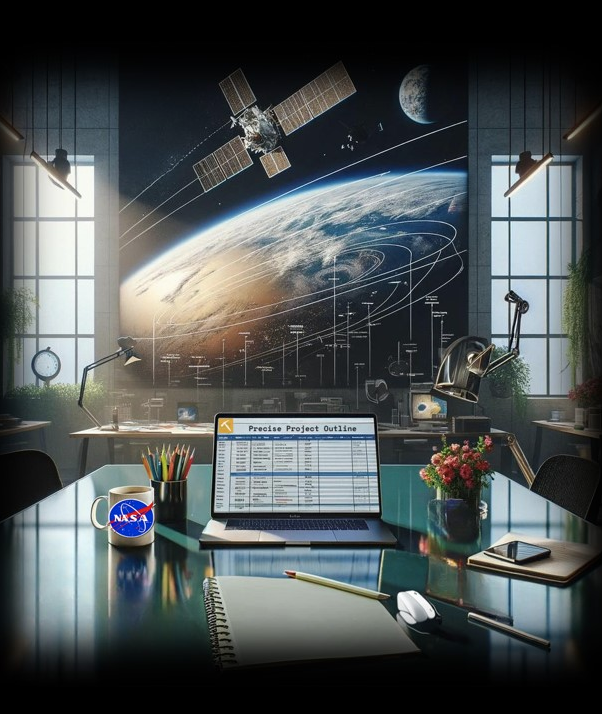Early in my Procurement career, I was fortunate to receive extensive negotiation skills training from an employer. This training, which I jokingly referred to as a Ph.D. in negotiations, taught me a crucial lesson: never overlook the details. When both parties are too quick to agree and postpone the details for later, they often find themselves in a situation where a significant amount of crucial information is yet to be decided upon. This lack of thoroughness can lead to potential risks and complications. The consequences of such a rush to agreement can be severe, potentially leading to project delays, cost overruns, and even legal disputes.
When I delve into public and private Request for Proposals (RFPs) and the associated Scopes of Work, I often ponder the conversations that birthed these official documents. It’s disheartening to think that someone may have neglected their responsibilities or lacked the necessary experience when drafting these scopes of work, and their superiors approved the documents with an equal lack of expertise, due diligence, or both. Imagine if NASA management had said, ‘This is good enough. We’ll worry about the details later’ before a space mission. The thought is chilling.
As I was sharing these thoughts and lamenting the lack of progress in this area with dear friend and Project Management author James P. Lewis, he was gracious enough to send a document issued by NASA titled “WRITING STATEMENTS OF WORK, What do I need to know?” revised in 2018. I have posted the guide to the Bedrock-Service website, and the document is also publicly available on the NASA website. Since NASA was formed in 1958 and this 10-page guide has been improved over 60 years, there is no need to reinvent the wheel here, and my sharing this is my way of giving back to our project management community.
You don’t have to be a Rocket Scientist to write an excellent Statement of Work (SoW).
Many of us forego reading user manuals before something breaks because doing so is typically perceived as a high investment (time to read and understand) with a low return (the thing will probably never break). The NASA guide is precisely the opposite…. It is a small investment in time to read with an incredibly high return because most projects fail to deliver, at least partially. The NASA guide is more straightforward than most user manuals… Five pages of the guide with three attachments: 1) Tips, 2) Checklist 3) Template covering the last five pages.
As a fellow Procurement and Project Management Professional, I urge you to put this in your toolkit, reference it often, and worry about the details now before approving the next Request for Proposal. The NASA guide is a valuable resource that can significantly enhance your work and prevent potential issues.
UP NEXT
- Does the Progressive Design Build Model Force Better Scopes?
- The Simplicity of a Responsibilities Matrix
- Musings About Angie’s List
Written by John F. Gravel

